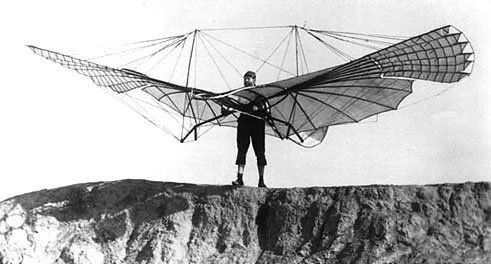
At a recent innovation and entrepreneurship conference, someone asked the question “when should you launch your minimum viable product?” The simple answer is that you should launch as soon as your MVP is ready to teach you what you need to know.
But hidden in this answer is a much more difficult question – one that is often skipped in the design process…“What do you need to know?”
We see this all the time in our innovation work – people piloting ideas without having thought through the point of the test, how it will lead to meaningful answers and what, exactly, they’re trying to investigate.
Let’s imagine you’re designing a new toothbrush. You’ve done all the right research, you’ve accompanied consumers as they bought toothbrushes and used them. You’ve listened to their stories of how they were taught to brush their teeth as kids and sat with them at the dentist’s office. You’ve uncovered some pretty deep unmet needs (lots of fertile emotional territory here!), framed some interesting problems to solve, and came up with a ton of stimulating ideas for new toothbrush designs, and maybe even some creative ways to think about the whole toothbrush ownership journey.
You’re now ready to move to iterative testing. But before you slap together some low-fi cardboard cut-out samples of your new designs or build a wireframe for your ‘toothbrush club’ app, you should take some real time to think through what it is that you want to know.
To do that, you need to sketch out all the steps that are needed to make your idea successful. From having consumers want it, to getting it made, finding places to sell it, and everything in between. Then you should carefully think through where the weakest links in that process are – where is there the greatest chance of failure (and the most opportunity to learn!). You should also spend time working out the relationships between these different pieces – what is contingent on what.
Thinking this through will tell you which of your decision points are most important for your success and which ones you need to answer first. Maybe you have a really cool design that consumers will love, but if you can’t manufacture it at a reasonable price point… it’ll never fly. So one of your first tests should be to find out how much it costs to make and whether there’s a cheaper way. Or perhaps it’s more important to figure out what channel you can sell it through and test out whether you can actually get shelf space at drugstores or perhaps whether people will really buy toothbrushes online. Each of these questions will require a completely different type of pilot and by thinking them through you’ll save yourself a ton of pain and suffering.
Yes, there will be some unknown unknowns that you’ll only discover once you get out there and begin iterating, but you’d be surprised how many of these you can turn into known knowns if you take a little time to think through a clear list of all the steps necessary and how they interrelate. Then you can move to the fun creative stage of building the right scrappy low-cost prototypes that get you the answers you need.
The right things to test and the right order to test them in will be different for every innovation out there, which is why this is one of the hardest parts of the process of going from idea to reality – figuring out what to ask and how to ask it in the fastest, cheapest, but most useful, way. Excelling at this takes a combination of diligent, structured analysis and creative thinking. And as such, it’s a fantastic representation of the challenges of great innovation – that magical combination of creativity and realization.
